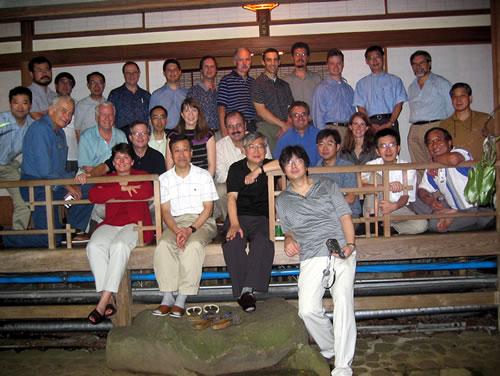This project is a continuation of prior projects that hosted the 1st through 4th US-Japan Workshops on Performance-Based Earthquake Engineering for Reinforced Concrete Building Structures. The previous workshops (Maui, September 1999; Sapporo, September 2000; Seattle, August 2001; Toba, September 2002) resulted in publication of important symposium proceedings including all presented papers.
This past year we convened the 5th Workshop in Hakone, Japan (October, 2003). The meeting was timed and located to coincide with the International Symposium Honoring Prof. Shunsuke Otani, entitled Performance-Based Engineering for Earthquake Resistant Reinforced Concrete Structures, co-sponsored by PEER and the University of Tokyo. By aligning with that meeting, we were able to attract a broader pool of attendees. The meeting included plenary sessions, breakout sessions on specific topics, closing presentations by selected individuals, and resolutions.
PEER Director Jack Moehle organized the meeting for the U.S. side. PEER provides travel funds for all US participants, which include PEER researchers, PEER Business and Industry Partners, and other selected researchers from the US. The Japan-side organizer is Professor Toshimi Kabeyasawa of the University of Tokyo.

Figure 1 – Participants in the 5th Workshop
Front Row: Cathy French, Hiroshi Noguchi, Tetsuo Kubo, Toshimi Kabeyasawa. Middle Row: Masaki Maeda, Mete Sozen, Helmut Krawinkler, Jack Moehle, Kazuhiro Kitayama, Mary Beth Hueste, Chris Pantelides, Marc Eberhard, Hitoshi Shiohara, Sarah Billington, Toshikatsu Ichinose, Shinsuke Nakata, Shunsuke Otani. Back Row: Daisuke Kato, Akira Tasai, Akenori Shibata, James Jirsa, Marc Eberhard, Michael Kreger, James Wight, Eric Williamson, Mason Walters, Troy Morgan, Manabu Yoshimura, Michael Fardis. Not shown: Shunsuke Sugano